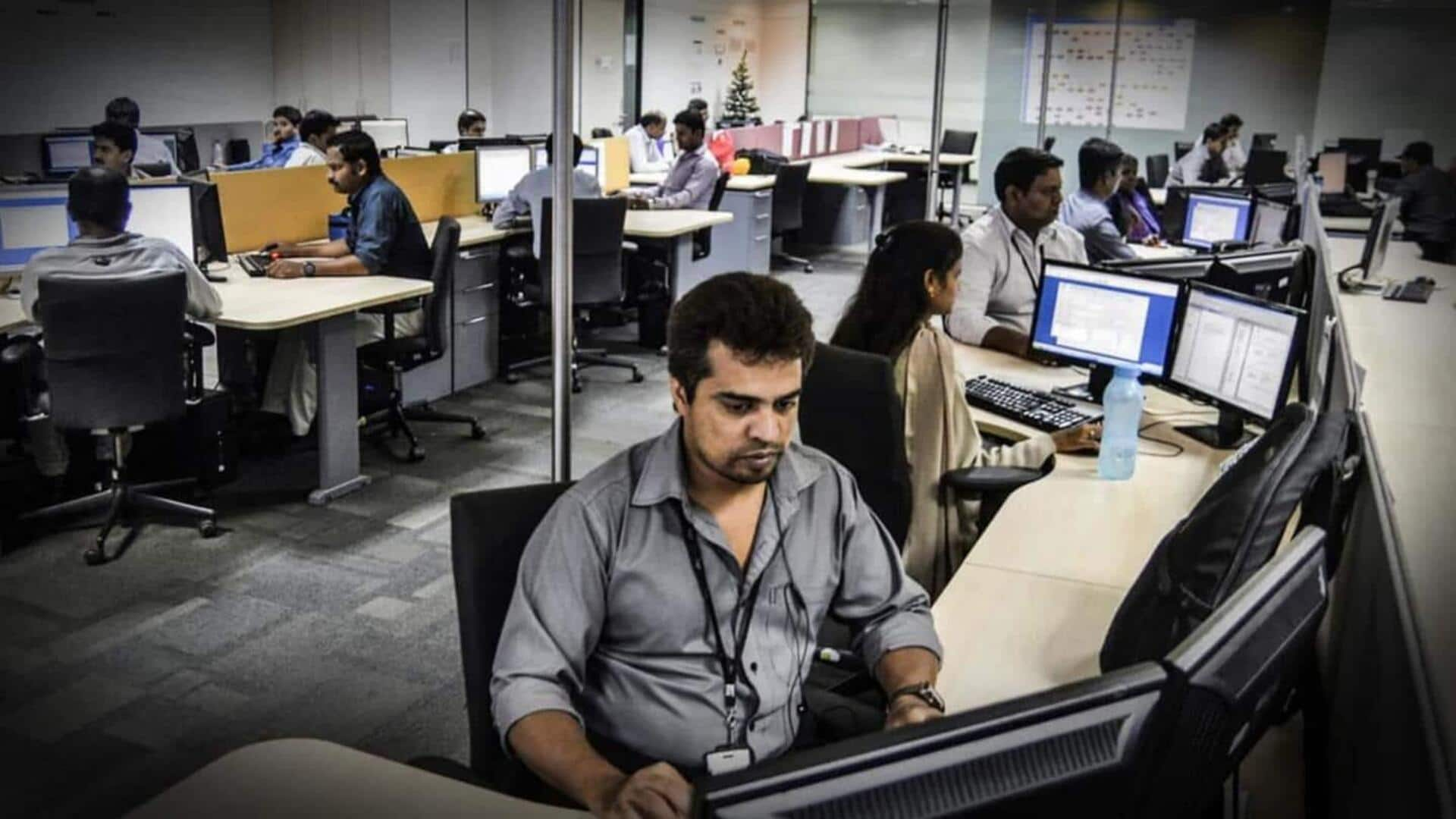
India overhauls labor rules, replacing 29 laws with 4 codes
What's the story
India is set to implement four new Labour Codes, marking a major overhaul in the country's labor governance. The move comes after years of consultations and preparatory work, with an aim to simplify regulations, enhance worker welfare, improve safety standards, and bring India's labor ecosystem in line with global best practices. The government considers this a significant step toward a more efficient and worker-centric labor ecosystem.
Code details
The 4 new Labour Codes replace 29 central laws
The four new Labour Codes are: Code on Wages (2019); Industrial Relations Code (2020); Code on Social Security (2020); and Occupational Safety, Health and Working Conditions (OSHWC) Code (2020). These codes replace 29 existing central labor laws. They aim to create "a protected, future-ready workforce and resilient industries," while also supporting employment generation and advancing labor reforms under Aatmanirbhar Bharat.
Code objectives
Addressing the needs of a modern workforce
The new Labour Codes seek to address the needs of a modern workforce, which has changed drastically over the years. Many of India's labor laws were framed in the 1930s-1950s for an economic structure that is completely different from today's digital and gig-driven economy. The outdated and often overlapping laws have made compliance difficult and excluded large sections of workers, especially gig, informal, and contract laborers, from social security benefits.
Code benefits
The new codes promise better wages and social security
The new Labour Codes mandate appointment letters for all workers to improve transparency and formalisation, and extend universal social security, including PF, ESIC, insurance and benefits for gig and platform workers. Minimum wages are now a statutory right for every worker. Employees above 40 will receive free annual health check-ups. Wages must be paid on time, and women can work night shifts across sectors. ESIC coverage expands nationwide, while a single registration, licence and return significantly cuts compliance burden.
Worker protections
The codes introduce comprehensive worker protections
India's new labour codes extend key protections across sectors. Fixed-term staff now receive permanent-employee benefits, including gratuity after one year. Gig and platform workers gain legal recognition with welfare contributions from aggregators. Contract and MSME workers receive social security, health benefits and clear working-hour norms. Women must get equal pay while youth workers must receive minimum wages. Sectoral workers—from beedi and plantations to mines, media, IT and exports—gain stronger safety rules, regulated hours and timely wage protection.
Systemic improvements
Additional reforms and benefits under the new codes
The new labour codes introduce a National Floor Wage to ensure all workers meet a minimum living standard. Employment provisions are now gender-neutral, extending protections to transgender persons. An Inspector-cum-Facilitator system shifts the focus from penalties to guidance, while two-member Industrial Tribunals aim to speed up dispute resolution. A National OSH Board will standardize safety norms, and establishments with over 500 workers must form safety committees. Higher factory applicability thresholds further ease compliance burdens for small businesses.